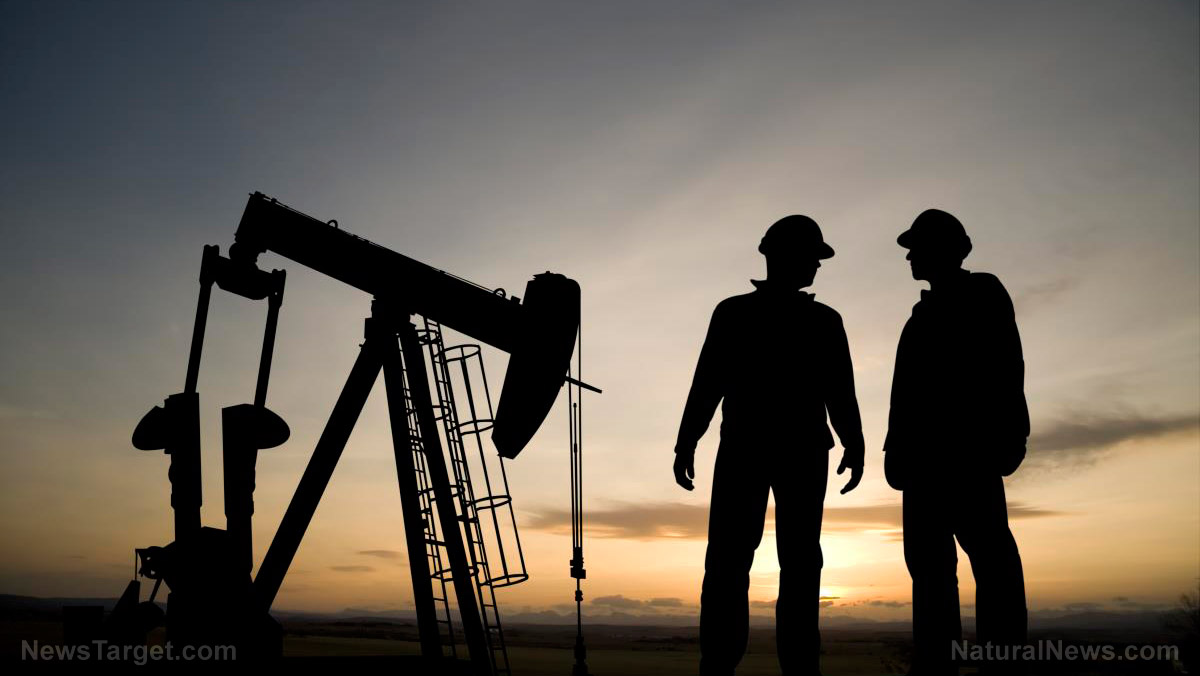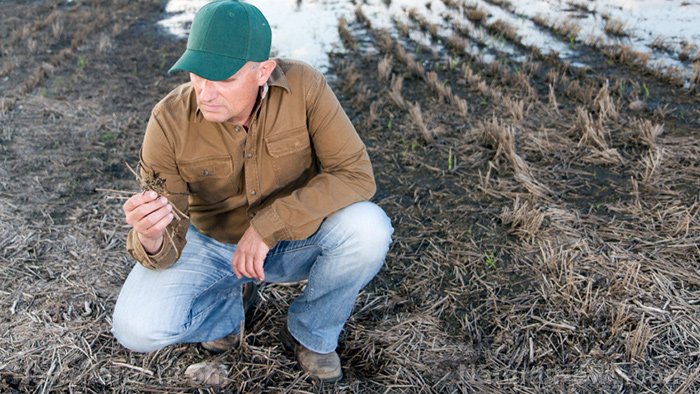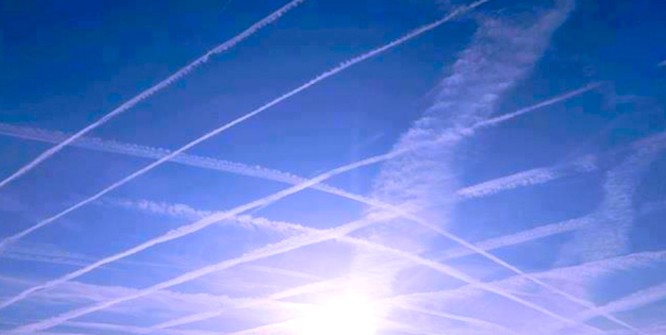2 Largest reservoirs in California at critically low levels even before summer
05/11/2022 / By Arsenio Toledo

Two of the largest reservoirs in California have critically low water levels as the ongoing drought is expected to make the upcoming summer an even dryer one for the state.
The report comes from the National Oceanic and Atmospheric Administration‘s U.S. Drought Monitor, which noted that the water levels in Shasta Lake and Lake Oroville in northern California should be at their highest during spring. (Related: With water running out, California faces grim summer of dangerous heat, extreme drought.)
According to the Drought Monitor, Shasta Lake, the state’s largest reservoir that usually rises to more than 1,000 feet above sea level when at peak capacity, is only at 40 percent of where it usually should be in early May.
Shasta Lake is the cornerstone of the Central Valley Project, a complex water preservation system made up of 19 dams and reservoirs and over 500 miles of canals.
Lake Oroville, the second-largest reservoir in the state and the largest being handled by the State Water Project, is currently at 55 percent of total capacity. This is around 70 percent of where the water level at Lake Oroville should be around this time, based on historical average. The critically low water levels in Lake Oroville have made officials call this “the worst drought in the history of the State Water Project.”
Observers believe the worst is yet to come for California, as most precipitation in the state comes between October and April. The state is already in year three of intense drought conditions, which comes amid a decades-long “megadrought” affecting most of the western United States.

Weather conditions in California are putting immense pressure on the state to conserve what few water resources it has left.
Many state and local water agencies have urged voluntary water conservation. In many parts of southern California, these government offices are mandating it, with some of these water mandates to go into effect by June 1.
In Los Angeles, for example, officials at San Bernardino and Ventura counties have restricted outdoor watering to one day per week and have declared a water shortage emergency.
California to preserve water by restricting water deliveries to farms
In northern California, the Bureau of Reclamation said only agriculture customers who are senior water rights holders and several irrigation districts in the Eastern San Joaquin Valley will receive regular water deliveries from Shasta Lake and the Central Valley Project.
“We anticipate that in the Sacramento Valley alone, over 350,000 acres of farmland will be allowed,” said Mary Lee Knecht, public affairs officer for the bureau’s California-Great Basin region. “Cities and towns that receive [Central Valley Project] water supply, including Silicon Valley communities, have been reduced to health and safety needs only.”
Lake Oroville provides water to 27 million Californians and 750,000 acres of farmland. It is very unlikely the lake will be able to provide enough water to meet demand this year. Last year, Lake Oroville’s water levels plunged to just 24 percent of total capacity, forcing the hydroelectric power plant fed by the reservoir’s water to shut down for the first time since it opened in 1967.
According to the California Department of Water Resources, Oroville’s low reservoir levels will push water agencies that rely on the reservoir to receive at most five percent of their requested water supplies. The department said: “Those water agencies are being urged to enact mandatory water use restrictions in order to stretch their available supplies through the summer and fall.”
“Communities across California are going to suffer this year during the drought, and it’s just a question of how much more they suffer,” said Jessica Gable with the nonprofit organization Food & Water Watch.
“It’s usually the most vulnerable communities who are going to suffer the worst, so usually the Central Valley comes to mind because this is an already arid part of the state with most of the state’s agriculture and most of the state’s energy development, which are both water-intensive industries.”
Learn more about the many problems plaguing California at CaliforniaCollapse.news.
Watch this episode of “The Highwire” as host Del Bigtree talks to third-generation cattle rancher Shad Sullivan about how the drought is contributing to the impending food crisis.
This video is from the channel The HighWire with Del Bigtree on Brignteon.com.
More related stories:
Sierra snowpack falls to one of lowest levels in 72 years, perpetuating California drought.
Drought conditions causing surge in cotton prices, raising fears clothes could become more expensive.
Winter wheat harvest collapse imminent amid ongoing severe drought as “dust bowl conditions” persist.
Sources include:
Submit a correction >>
Tagged Under:
big government, California, clean water, Climate, Collapse, Drought, Ecology, environment, Lake Oroville, Megadrought, natural disaster, rationing, reservoirs, scarcity, Shasta Lake, water shortage, water supply, Water Wars
This article may contain statements that reflect the opinion of the author




















